 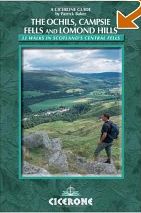 |
Images of ScotlandStirling Castle |
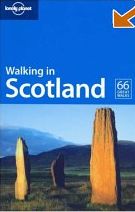  |
Stirling
Castle
The castle is one of the largest and most important, both historically and architecturally, in Scotland. The castle sits on Castle Hill surrounded on three sides by steep cliffs providing a strong defensive position. Stirling Castle is a Scheduled Ancient Monument and a major tourist attraction managed by Historic Scotland. |
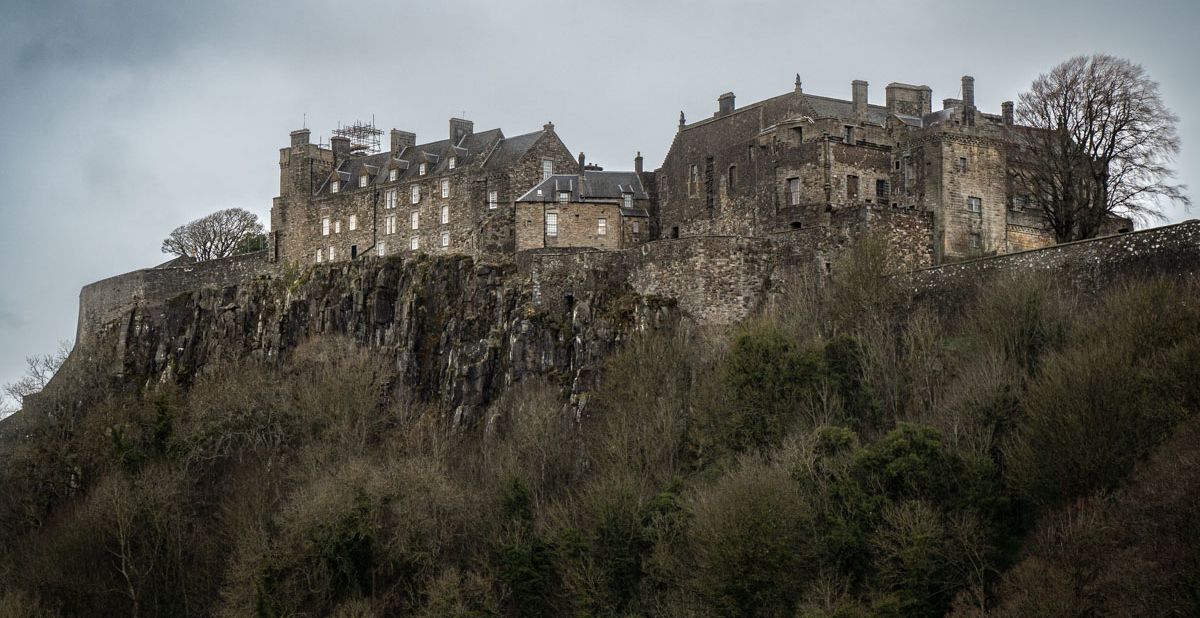 |
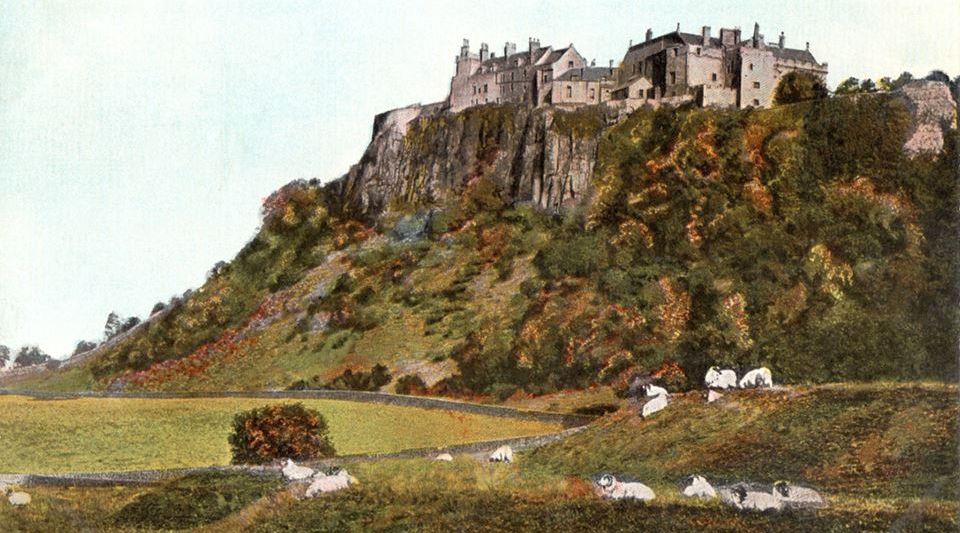 |
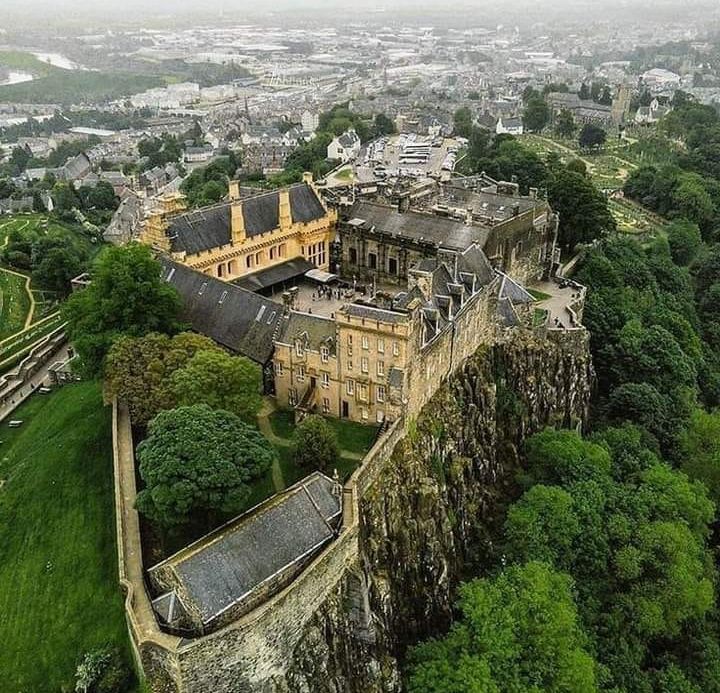 |
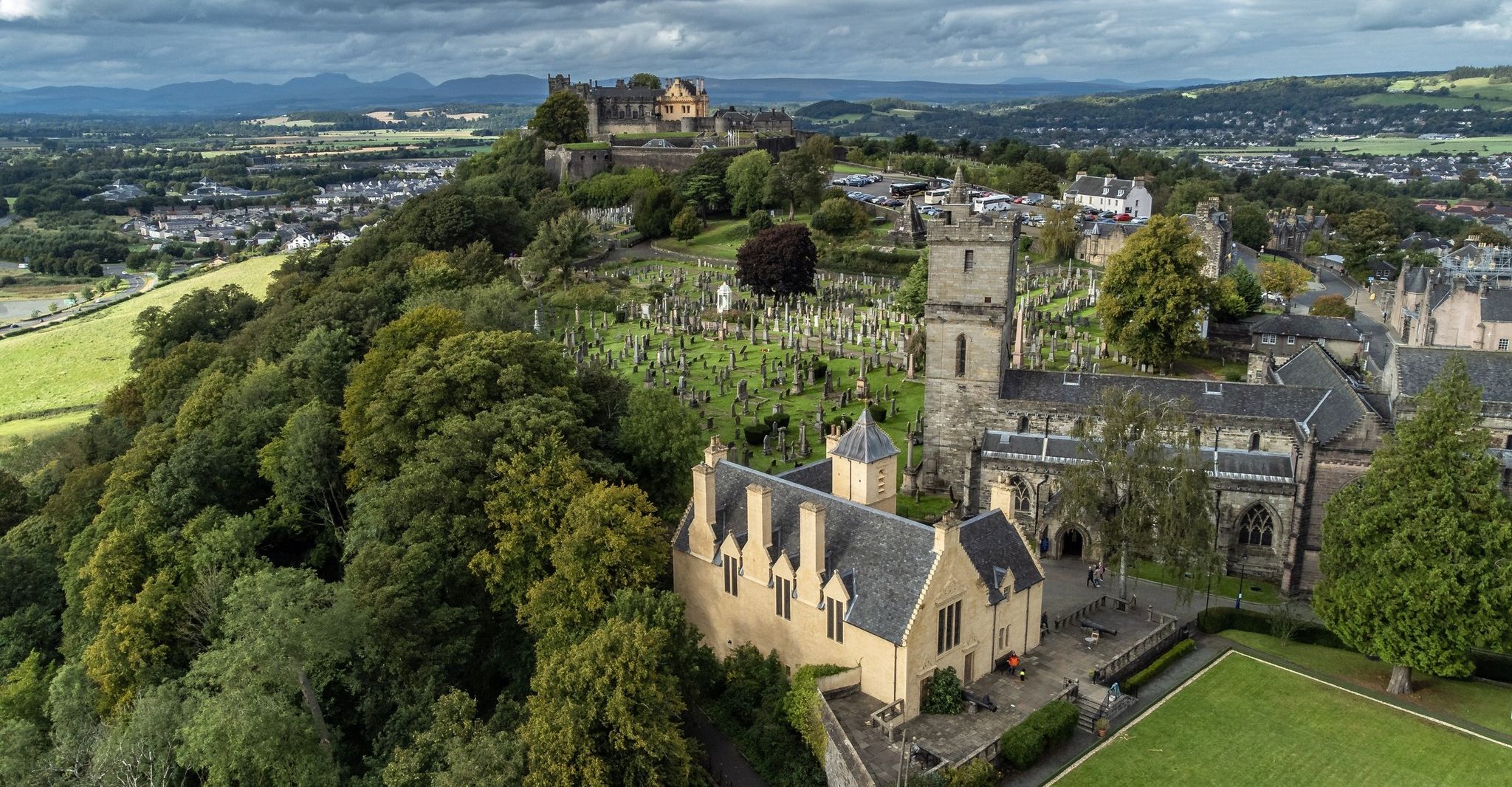 |
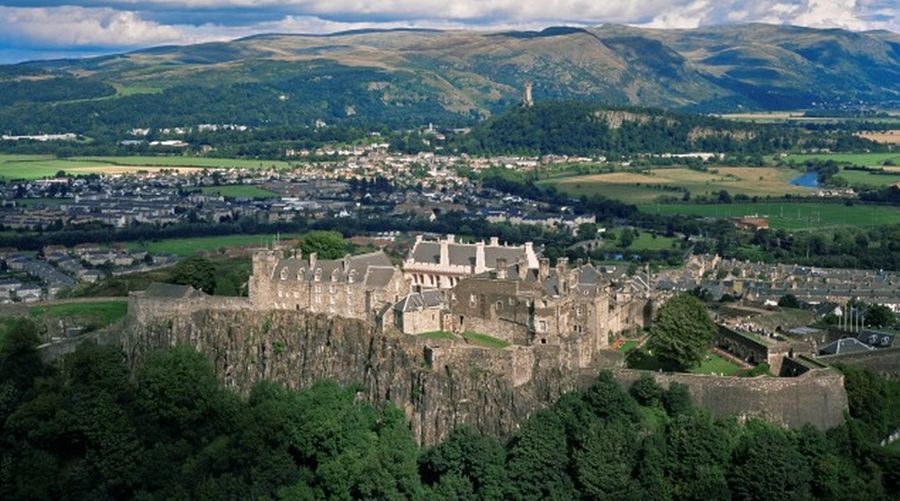 |
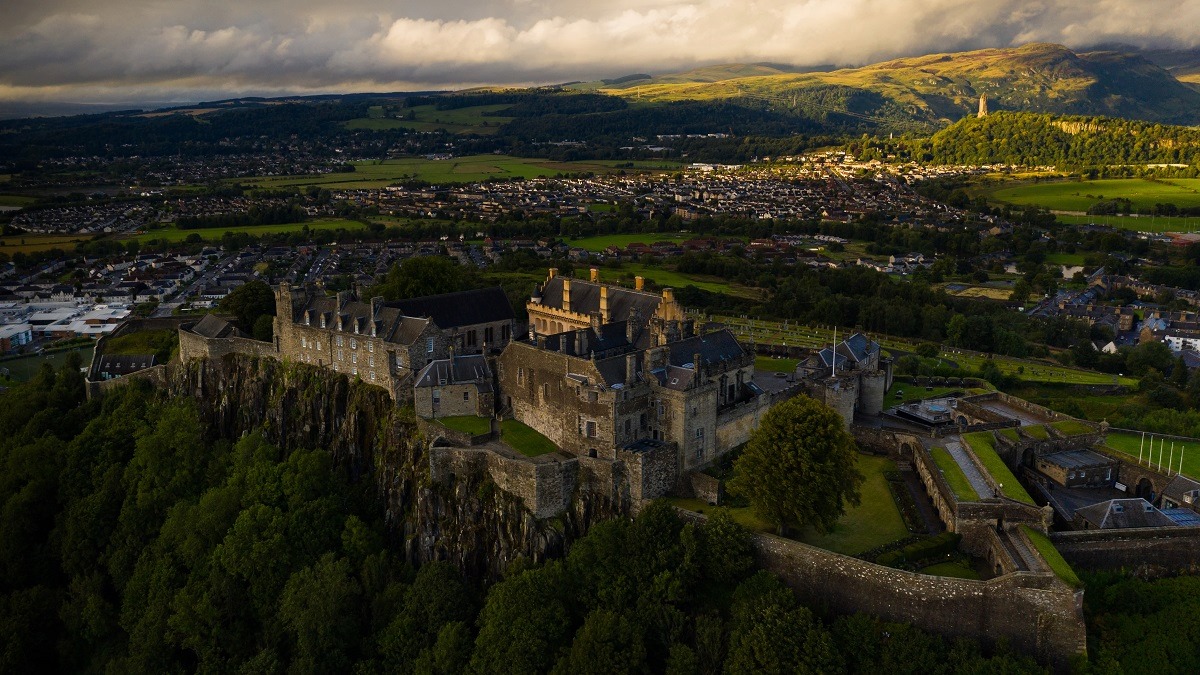 |
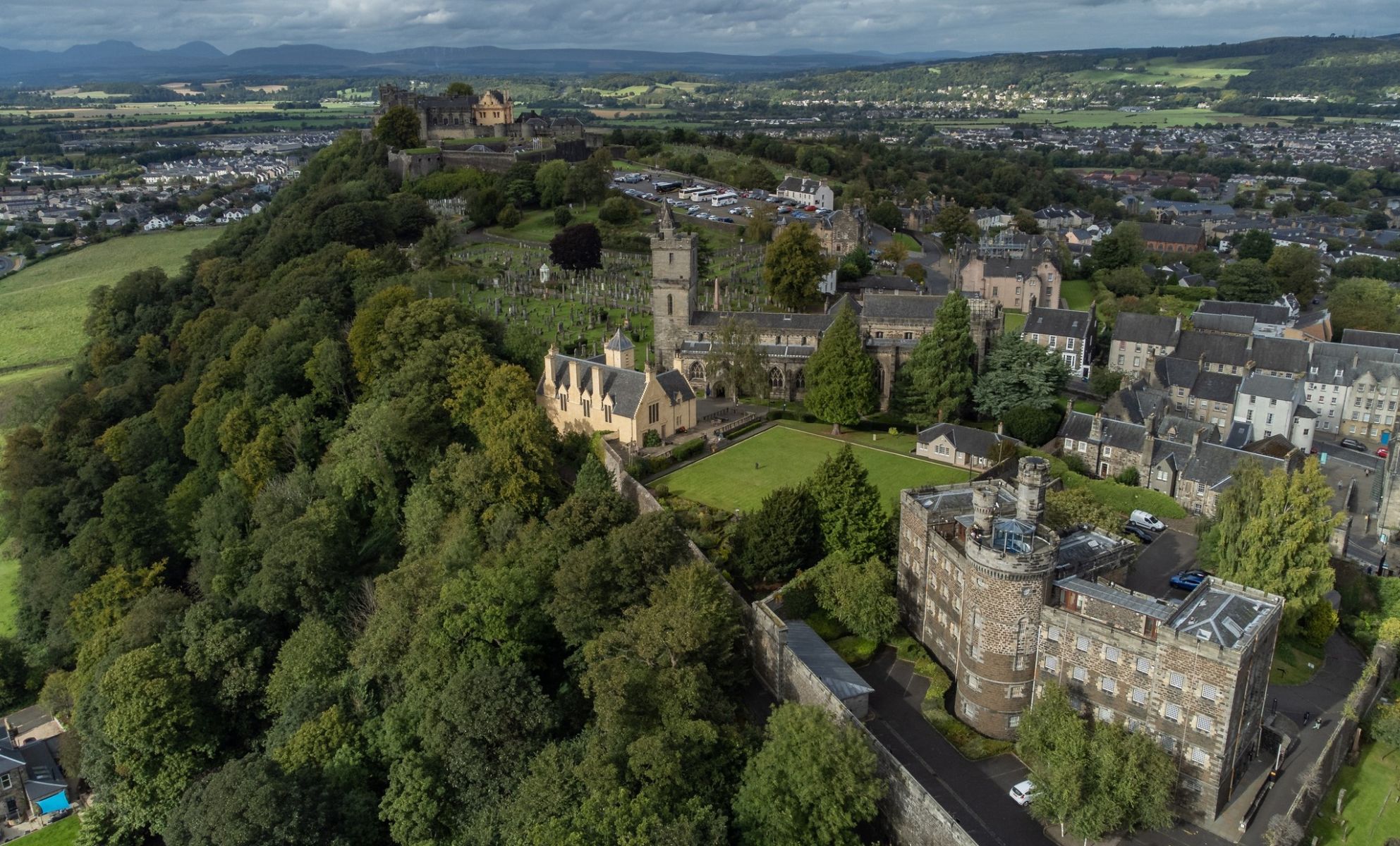 |
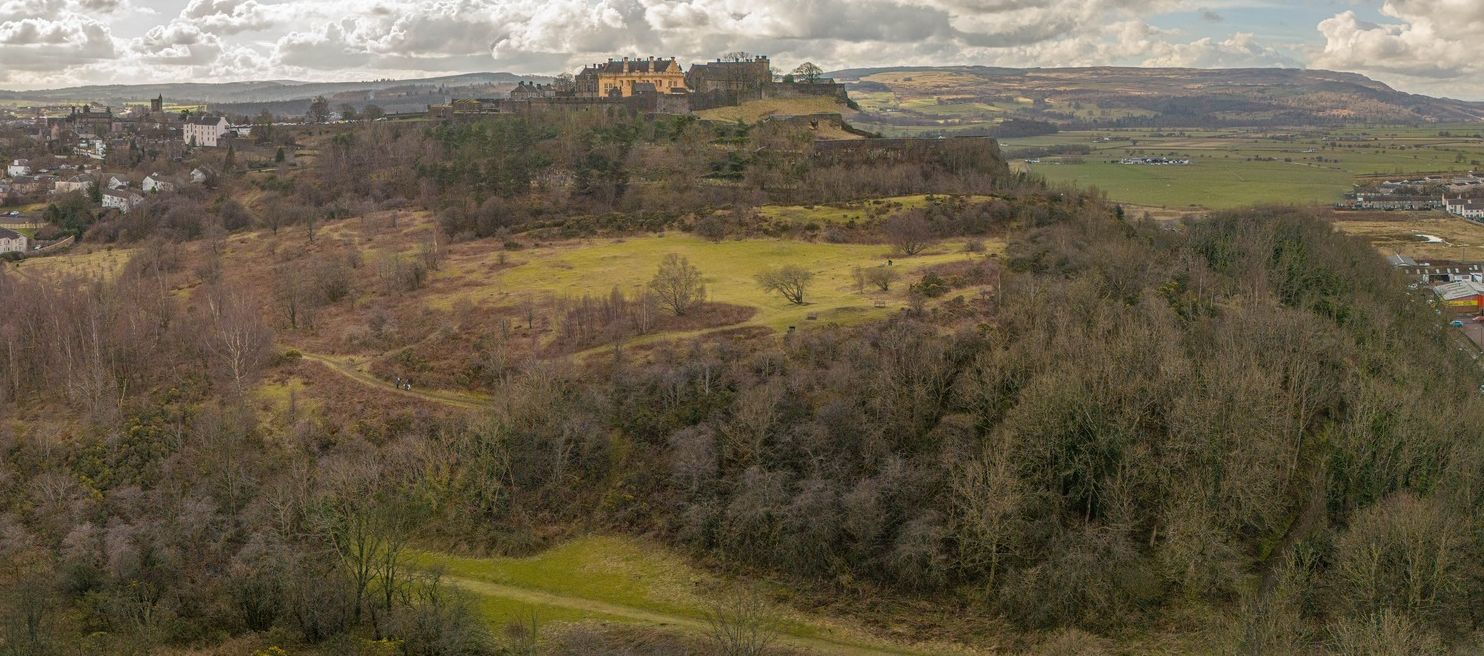 |
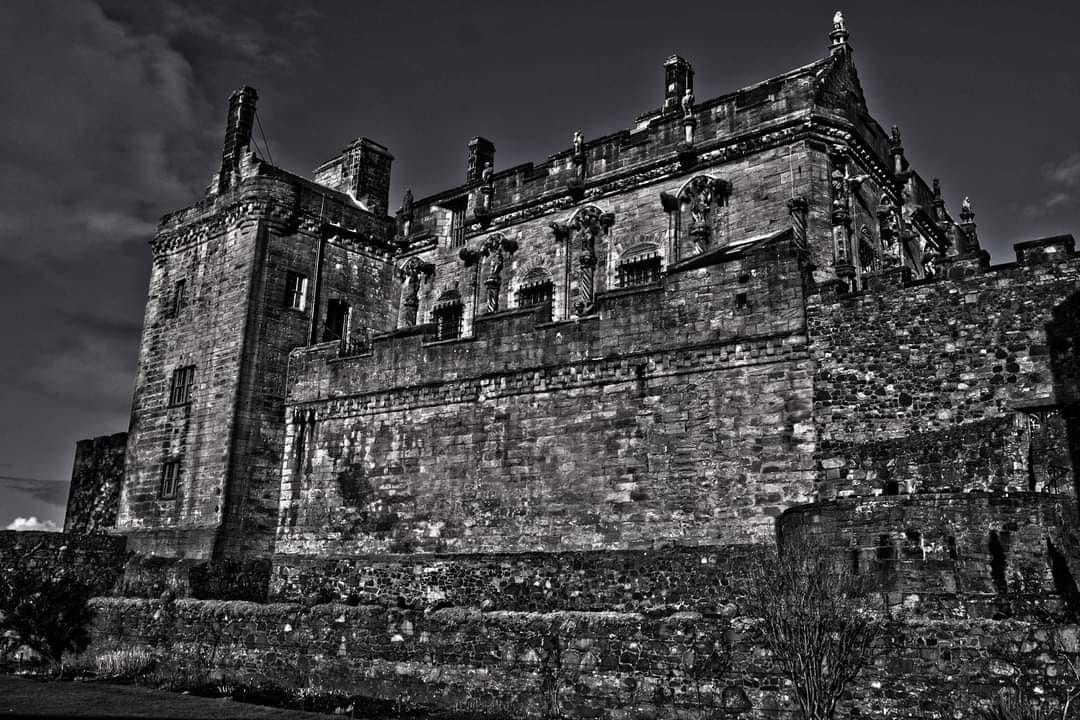 |
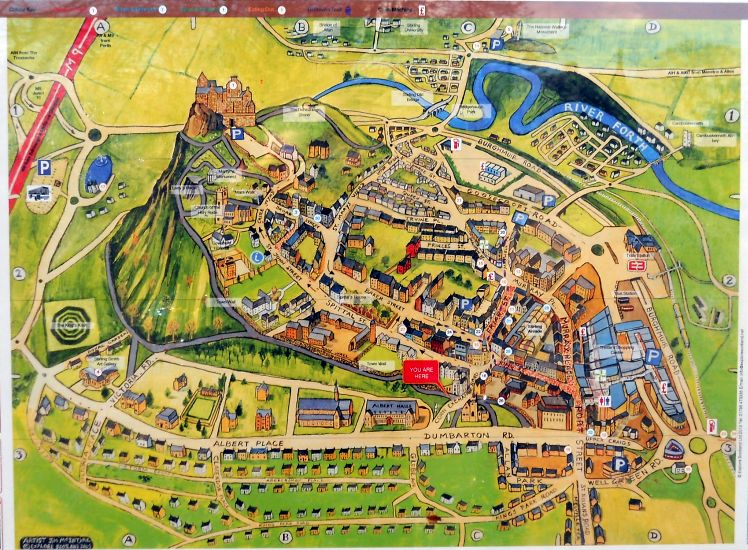 Map of
the Old Town of Stirling
( Note: Click here or on above for large format copy ) |
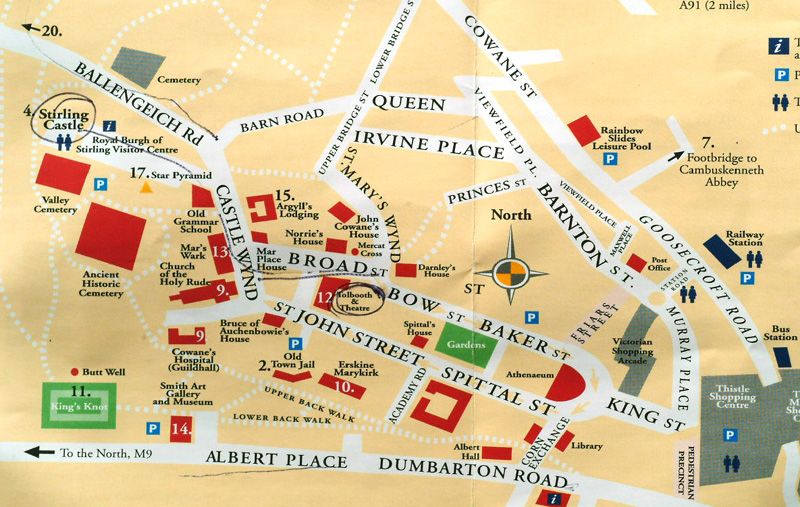 Map of
the Old Town of Stirling
|
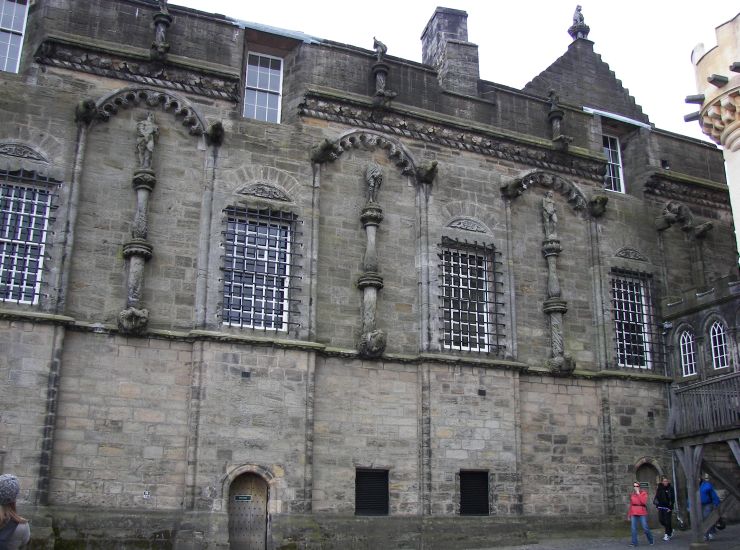 The
Palace
in Stirling Castle |
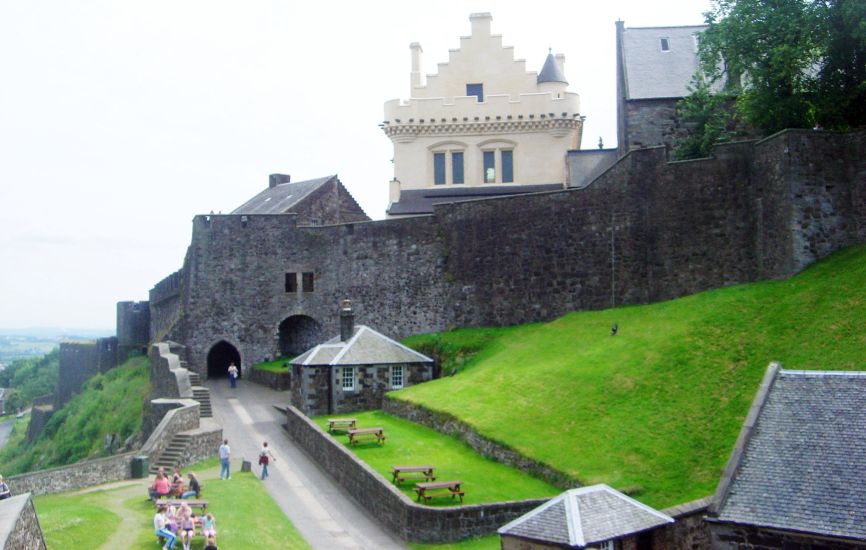 The
North Gate
at Stirling Castle |
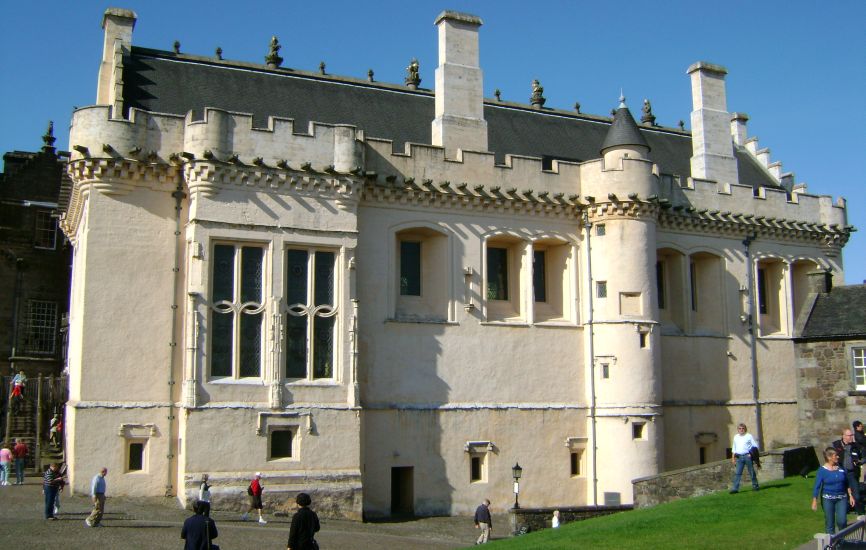 The
Great Hall
at Stirling Castle |
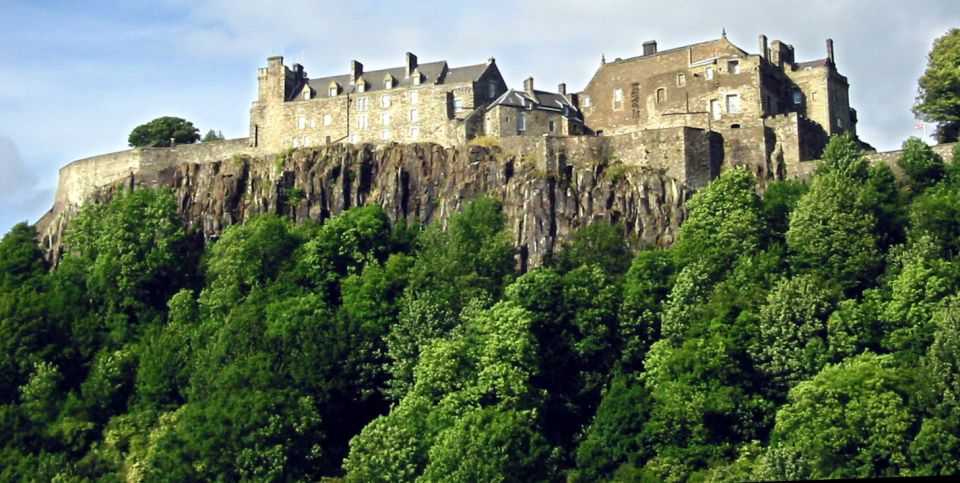 |
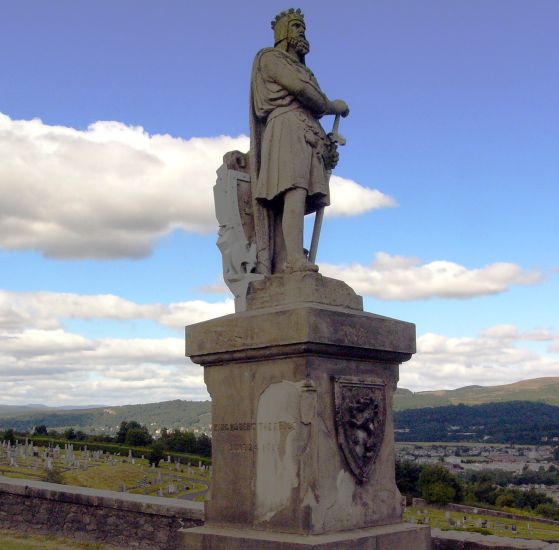 Robert
the Bruce statue
at Stirling Castle |
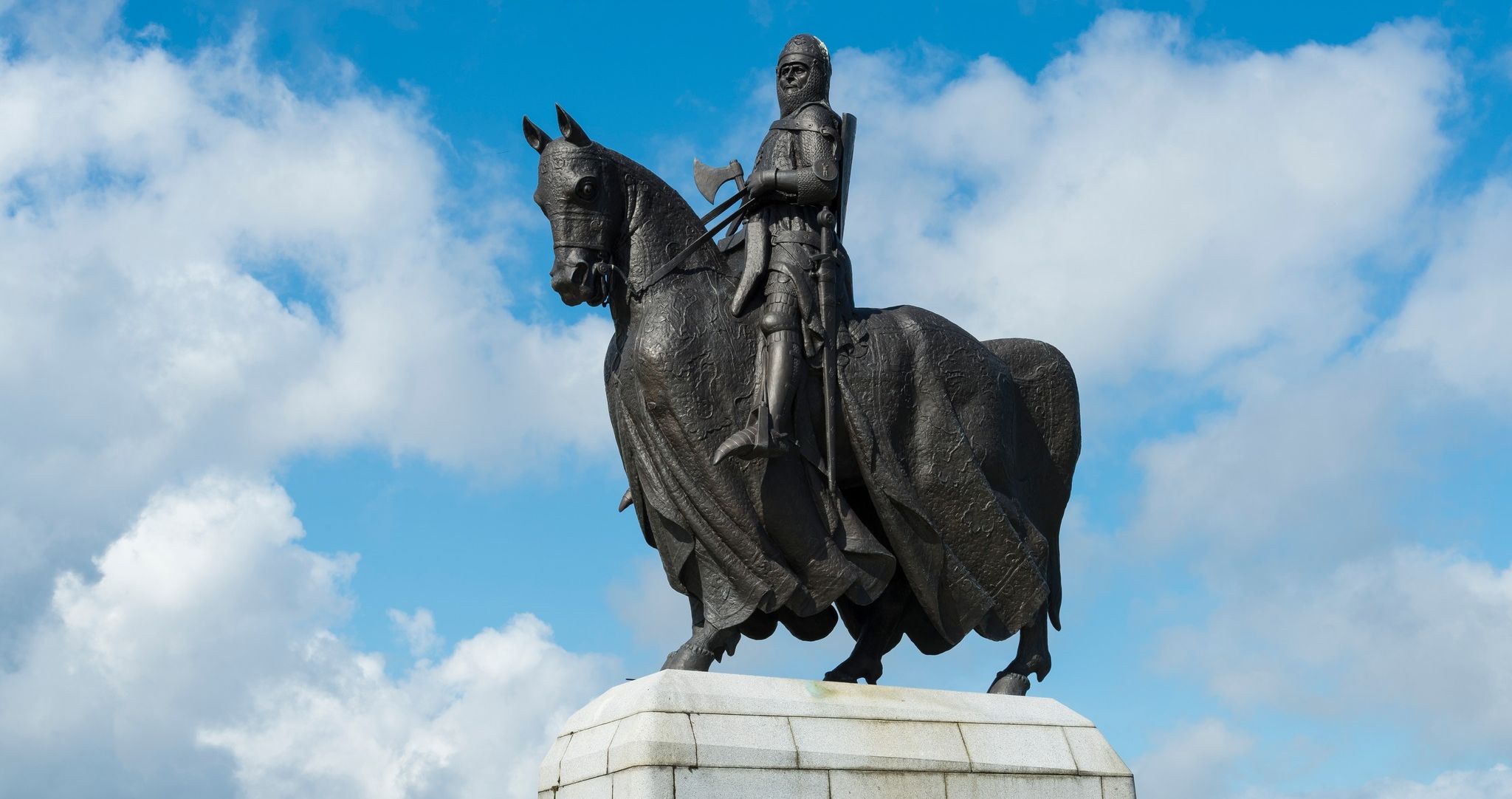 Robert
the Bruce statue
at Bannockburn |
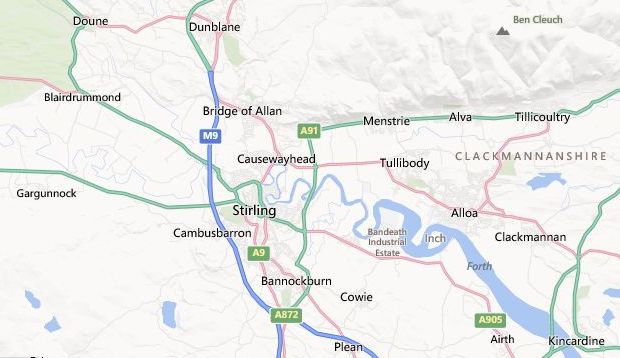 Location
Map for Stirling
and the Ochil Hills |
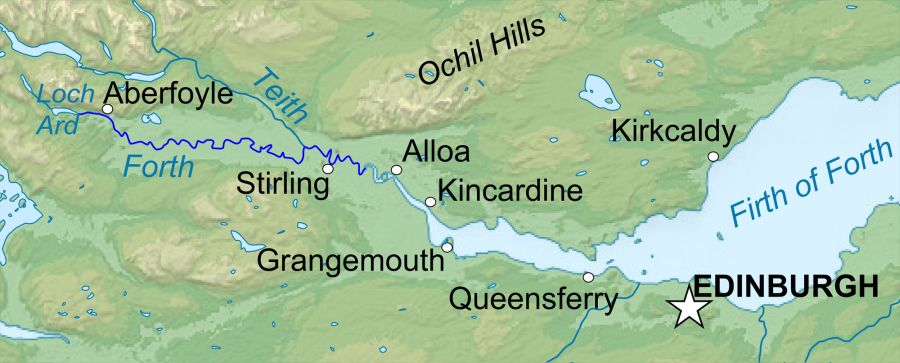 Map of
the River Forth
|
VIEWS FROM THE CASTLE:
The views from Stirling Castle are some of the best in Scotland. To the west, the Carse of Stirling stretches for 20 miles, with the familiar head and shoulders of Ben Lomond in the distance.
To the east, the river Forth flows in sinuous curves through a rich floodplain of old orchards and green meadows towards the spider’s web filaments of the Queensferry Crossing and its twin sisters.
The top of a rocky, volcanic outcrop that has been a fortress and home to kings since the 12th century is not the most obvious place for a garden, but there is one here and the peace and tranquillity
that reign here today are in stark contrast to the castle’s turbulent history.
The Queen Anne Garden sits on a sunny, southern terrace just below the castle, shaded by two beech trees that have performed sentry duties here for 200 years.
The herb and heather garden is filled with plants that would once have been used to treat the ailments of castle residents and the flat lawn,
which was used as a bowling green from the 1620s onwards, may have been played upon as a child by James VI, who grew up in the castle following the death of his mother, Mary Queen of Scots.
Today the rose beds — one red, the other yellow - echo the Stuart dynasty’s heraldic colours and are a reminder that Bonnie Prince Charlie laid siege to the castle during the Jacobite Uprising, in
a failed attempt to return it to Scottish hands.
The garden was first laid out in the 14th century, so the clash of steel has been heard from here on many occasions.
On a more grisly note, the Douglas Garden at the highest part of the castle rock, is where the body of William, 8th Earl of Douglas landed when he was thrown from
a window in 1452 at the behest of King ]ames II.
Directly beneath the castle lies the imprint of another historic space.
The King’s Knot garden was laid out in formal style at the start of the 16th century for James V and his wife, Mary of Guise, who was French.
At one time the mounds and banks would have been adorned by trees and plants but these had disappeared 200 years later and the grassy outlines are now all that remains of this once intricate garden.
For many years, swirling rumours have connected the Knot Garden with the legend of King Arthur and in some quarters the belief persists that the round table ‘lies buried beneath the raised earthworks.
SEASONAL SPOOKlNESS:
With its long history, some of it gruesome, Stirling Castle is the perfect place to indulge in a spot of Halloween hocus pocus and visitors will be able
to take part in A Potion Maker’s Quest, identifying plants that would have been used to brew up all kinds of concoctions. Find all the herbs that grow in the gardens and claim a reward.
Also daily walks explore the links between royalty, flora and fauna in the castle grounds.
The tour takes a dip into the history of the rock and identifies the signs of some of the present-day birds, insects and mammals that have made their home in the gardens and ramparts around the esplanade.
DETAILS:
The castle is open daily, 9.30am- 6pm.
Entry to the Queen Anne Garden and the King’s Knot is free.
Tickets to the castle are: £17.50 /£14 /£10.50 /free ( under-7s ),
Tel: 01786 450000.

Glencoe | Ben Nevis | Knoydart | Isle of Skye | Isle of Arran
The Eastern Highlands | The Central Highlands | The Southern Highlands | The NW Highlands